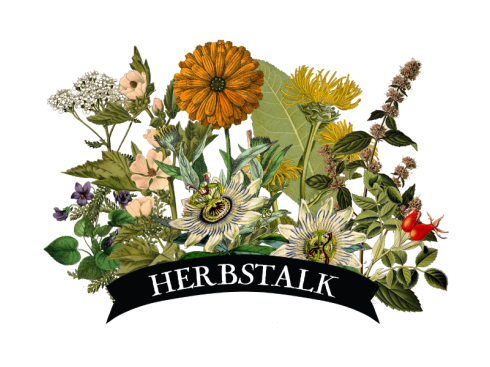|
Submitted by Jenny Hauf. A bumble bee visiting ornamental sage in the Allandale Farm flower field. Image by Tana Wilkinson This time of year I’m often rendered breathless and starry-eyed by my surroundings. Everywhere I look something new is curling out of concrete and woody shafts. The oaks are budding and cherries are tossing pastel confetti into the night. The unfurling of everything—especially the herbs, those that I’ve coddled and loved into being, as well as the ones that appear on their own—thrills me and turns my mind to apothecary dreams. Salves, tinctures, beers, teas, scrubs, soups, condiments galore…there is so much to make from this green bounty! But this spring I am looking at the botanical world a bit differently. I have a brand new diploma from Bee School and hives that I’m building from pine. The more that I learn about bees (and the other pollinators so integral to North American ecosystems), the more my understanding of urban ecology deepens and expands. The herbs in our cityscapes heal, sustain, and provide for more than our own species. Spiders shelter in comfrey, cats go into ecstatic trances over catnip, and pollinators of all stripes, wings, and feathers obtain nourishment from almost everything in the neighborhood that blooms. Take, for example, the gloriously ubiquitous dandelion, a plant painted so beautifully in Ray Bradbury’s “Dandelion Wine.” In his perfect novel, Bradbury documents the annual harvest of the plant for wine made by the main character’s grandfather. The boys bent, smiling. They picked the golden flowers. The flowers that flooded the world, dripped off lawns onto brick streets, tapped softly at crystal cellar windows and agitated themselves so that on all sides lay the dazzle and glitter of molten sun. “Every year,” said Grandfather. “They run amuck; I let them. Pride of lions in the yard. Stare, and they burn a hole in your retina. A common flower, a weed that no one sees, yes. But for us, a noble thing, the dandelion.” Dandelions blooming by a greenhouse. Image courtesy of the author. The dandelion certainly is a noble thing. It spreads a glistening wildfire through any soil deep enough for its taproot to find purchase, romping around the city with constituents that aid our digestion and purge our bodies of toxins. And not only do these dandelions make medicine that helps us rejuvenate our bodies and awaken to the fullness of spring, they also provide one of the most important foods for pollinators hungry and adventurous after a long, cooped-up winter. As anyone who has stuck their nose in a fresh dandelion knows, its assemblage of florets (what looks like one big flower is actually a composition of dozens!) are drenched in sunny pollen and sugary nectar, both of which are sought out by bees and other pollinators for sustenance. It is increasingly well-known that pollinators are essential to life as we know it. While a blog post is far too short a medium for seriously exploring their importance, it is a perfect space for a little list of herbs that you can grow to support your neighborhood’s bugs (and pollinating birds), as well as your own health!
For more lists of pollinator-friendly plants, see these great links from the Xerces Society and the Maine Organic Farmers and Gardeners Association, the latter of which focuses on medicinals, as well as plants that attract hummingbirds. PS: Lots of medicinal herbs are now available for purchase at Allandale Farm. Most of our live plants were started from seed and have never been treated with non-organic methods. This month’s selection includes woodland natives goldenseal and black cohosh, as well as pollinator favorites like comfrey, hyssop, and lemon balm. We’ll also have a lot of herbs for sale at Herbstalk on June 7 & 8!  Jenny Hauf is a medicinal herb grower and writer living in Boston. She began using herbal medicine a decade ago, and has been tending to herbs on farms and gardens since 2006. Jennifer is the herb grower at Allandale Farm, and when not elbow-deep in dirt she writes about urban ecology at her blog, Spokes and Petals, spins wool and bicycle tires, and occasionally hammers out a tune on her banjo. She is also available for gardening consultations, workshops, and freelance work. Comments are closed.
|
Archives
November 2023
Categories
All
|

 RSS Feed
RSS Feed